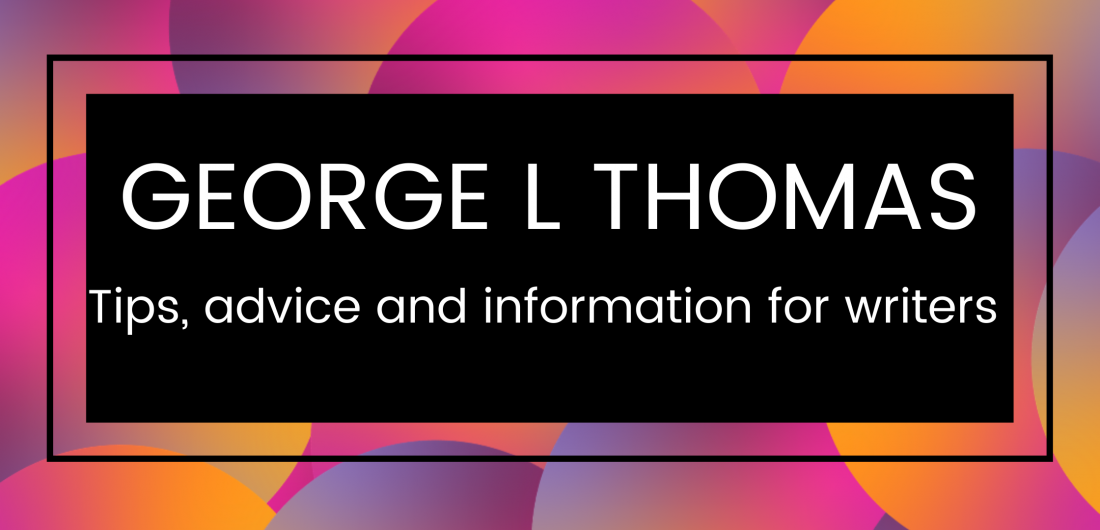
Hi everyone, I hope you’re all well! Today I’m going to talk about how you can begin the process of bringing a character to life on the page.
A character in a story needs to be three dimensional, and as I’ve said before, they must be believable and relatable. Characters should have fully formed backstories, histories and relationships and since they are entirely imaginary – it’s up to you to invent all of that.
The easiest way to create a well rounded and believable character is to create an outline. I should say that your outline doesn’t need to be overly complicated or detailed, though It should serve the needs of the type of story you want to tell.
For example, a character in a piece of flash fiction doesn’t need a six-page history (unless of course you really wanted to do that) – whereas a character in a novel or even a novel series, most likely would.
For another example, if I am writing a short story, I simply come up with the main character’s basics such as their name, height, body type, eye colour and hair colour. I won’t always use all of that for a short piece, but it helps to form the character in my mind. In fact, a lot of the time, if you just sprinkle the bare minimum of description through the story, the reader can put their own creative impression on the character or indeed the setting, and come up with their own imagery.
For a longer piece of fiction, it is a good idea to know every last little detail about your character. Even if you never actually use it all in the story, it’s always good for you as the writer to know everything about them. If you really know who you are writing about it will show on the page and make the character appear more life-like.
Of course, those of you magnificent people who can just write on the fly and keep track of everything like setting, character arcs and inter-character relationships and the like in your heads, can simply add details as you go. For the rest of us, however, a character outline can be a great asset.
To begin a character outline for a new piece of fiction, I grab a sheet of A4 paper, or open a new word document, and start by writing the name of the character at the top of the page. If I haven’t decided on a name yet (Sometimes a name can change several times throughout the outlining stage) then I’ll use a placeholder like ‘Protagonist’.
Next, I decide on how the character is going to look, and I make a list of physical traits. I usually begin with a basic ‘sketch’ such as the one described above for short stories, and then I add on to it. So I might end up with a list like this :
Height:
Body type/build:
Hair colour:
Eye colour:
Age:
Gender:
Distinguishing features:
After the physical description, I start to think about and describe the character’s personality. For this, I like to choose three personality traits – two positive and one negative (depending on what your story is about or how complex you want your character to be, you might choose more).
The negative trait helps to round the character out and make them seem a little more relatable. After all, nobody in real life is all good or all bad, or all positive or negative. Most of us, I think, are made up of a nice balance of each.
The next thing I do is decide on what the character’s internal and external conflicts will be. These will basically be the driving force of the story. All characters want something. A character, for example, may have severe anxiety or feel that they aren’t very confident. This is internal conflict which they must overcome.
A princess may receive word that a handsome prince has been held captive by an evil king and sets out to rescue him, only to be confronted again and again by the king’s minions. This is external conflict (and a good idea for a story!)
Put simply, internal conflict is of the abstract or intangible kind, whereas external conflict is visible, physical and tangible.
Finally, I write down what the character’s beliefs and views are about themselves and their world at the beginning of the story, and then do the same for the end. Hopefully, there will be some sort of change or growth from start to finish, and this will be the character’s arc.
Does anyone outline or create a character differently?
As always, thank you for reading my words and spending your valuable time with me, I really do appreciate it!
Until next time,
George
© 2020 GLT
Categories: Characters, Outlines

Leave a comment